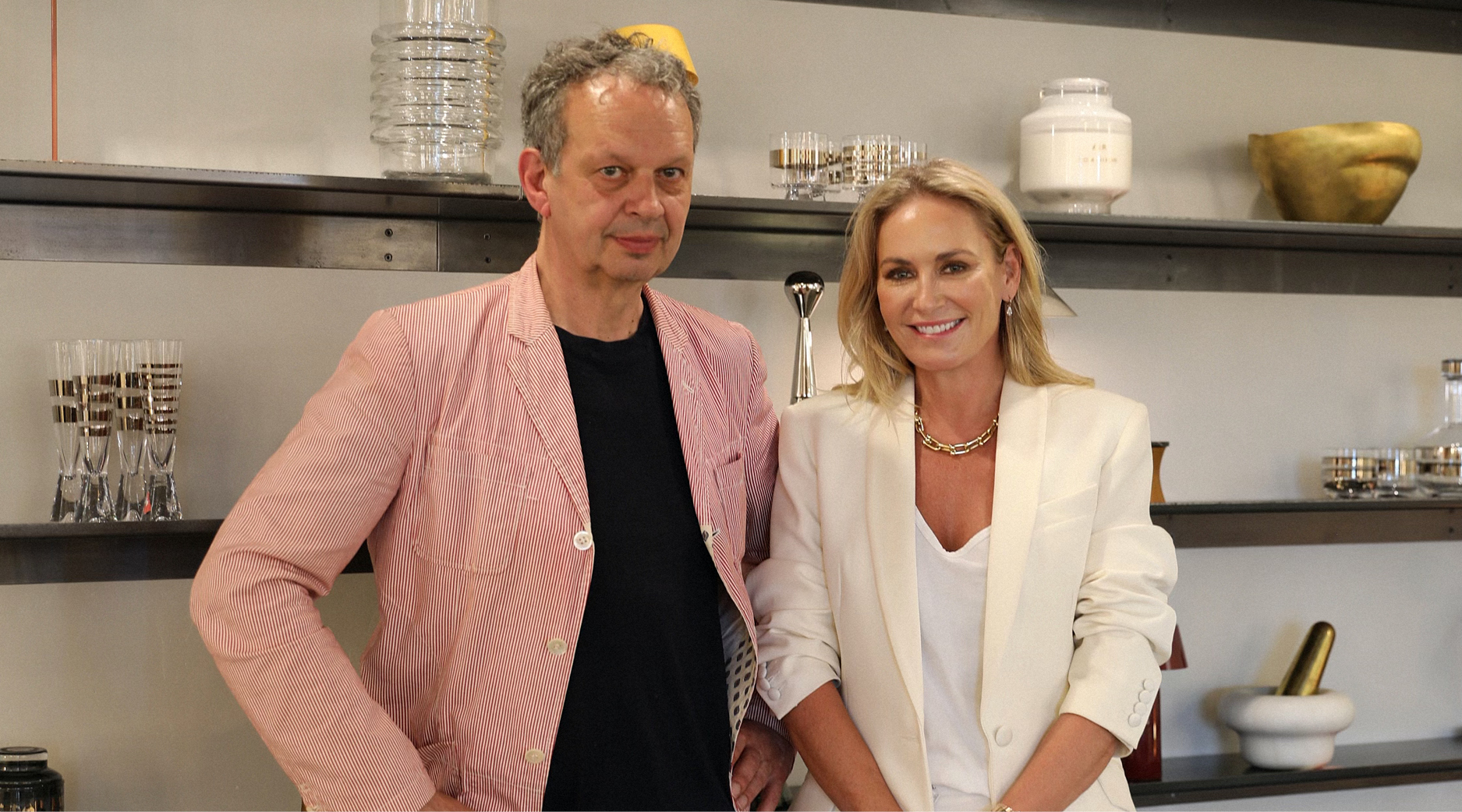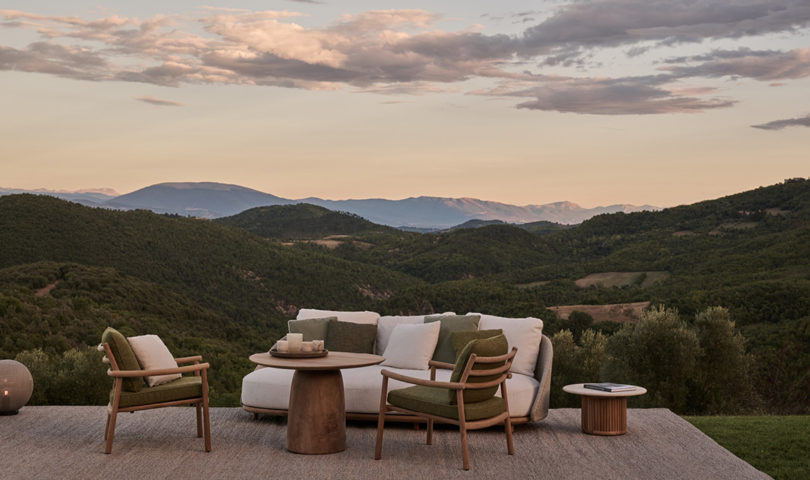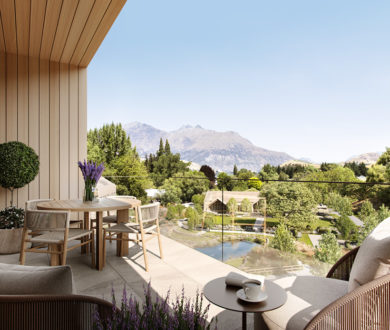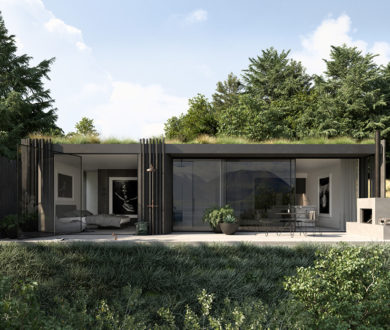Tom Dixon is a British designer who has made a name for himself in the world of contemporary design with his innovative and unconventional approach. With a career spanning over three decades, Dixon’s work encompasses a wide range of disciplines, including furniture, lighting, accessories and interiors. His designs are known for their sculptural forms, bold use of materials, and attention to detail. Drawing inspiration from industrial processes, Dixon creates pieces that are both functional and beautiful, with a distinctive aesthetic that is all his own. From his iconic S Chair to his latest collection, the glass-blown Melt lighting, Dixon continues to push the boundaries of design, cementing his status as one of the world’s most influential designers. Tom Dixon is in New Zealand this week with local design haven ECC (where his brand has long been stocked) and sat down with our Editor-in-Chief to share some of his most important life lessons.
When I was young…
… I worried far too much about what other people thought. I was quite a lovely, yet shy boy. Getting into the music business was ultimately what toughened me up. Being in a band, you have to learn to fight for yourself on stage, you need to perform, and perform well. So I guess you carry those traits with me now, that experience was what got me out of my shell.
I’d like to be known for…
… original thinking, while I’m not particularly bothered by what people think. If I can still have some original products or some original thoughts, then I feel like I’m on the right track.
There is still so much potential…
… for me to expand into other areas. I’ve really just touched on a small sector of the design world, and there are so many more things that are available to plunge into. I’ve not done a lot of fashion, I’ve never done a bridge, I’ve never designed any electronics or transport. And design is a fascinating way of sticking your nose in other people’s business, whether that’s manufacturers or different sectors — fundamentally, everything is designed.
The most important lesson life has taught me is…
… not to listen to too many opinions, and to find your difference.
A common misconception about me is…
… that I am grumpy, I have a ‘resting bitch face.’ But I think that it’s probably just my sarcasm — a defence mechanism of sorts.
Design should always be…
… improving stuff. You know, sometimes it’s just a tiny improvement, like a change of colour. But in principle, it should be improving something. Maybe it’s just through using more economic materials that deliver more efficiency or more sustainability, or maybe it’s making something more beautiful, or even simply better — more functional.
The pandemic forced me…
… into the countryside, where I was making things just for the fun of it. I got myself a kiln and started throwing pots and just getting back to the basics of making things for enjoyment. Working with clay is such a universal and old material that you can convert it into something truly beautiful. I also got back into welding and toying with random materials from bamboo to broken glass. It was a really enjoyable time for me personally.
I am super interested in…
… how things hold up. I love structural engineers. I don’t think they get the respect they deserve. You know, if I think of heroic engineers like Buckminster Fuller or some of the great sculptors they would have been amazing to work with.
I think that the rules…
… in general, are meant to be largely ignored.
My process is…
… chaos theory. You just pick up a lot of stuff, you know, ideas, prototypes, dust, and then over time, you play with it and see what materialises. Having practised design for so long now, the experience of continual practice of my craft is so important. You know, a ballet dancer does five hours a day to get better. And so for me, it’s the idea that if you do something a lot, a pattern will emerge.
I still feel like I’m at the beginning…
… of my career, at the very beginning of an adventure, it really feels like I have plenty of unfinished business. It’s a shame not to be a teenager anymore.
I’d love to do…
… more things that have a real purpose. While I’ve certainly created a lot of products, quite a lot of things I have created are not necessary. So I’d like to put myself into a position where people understand that they can use me to do other, more important and impactful things.
The best advice I can give is…
… find your uniqueness. But I think that’s a very difficult thing to do right now. We’re constantly assaulted with images, ideas and information, which makes it very hard to find something new. So it’s trying to avoid digesting too much and finding your own way. I think this is much more difficult than when I first started out in my design career.







